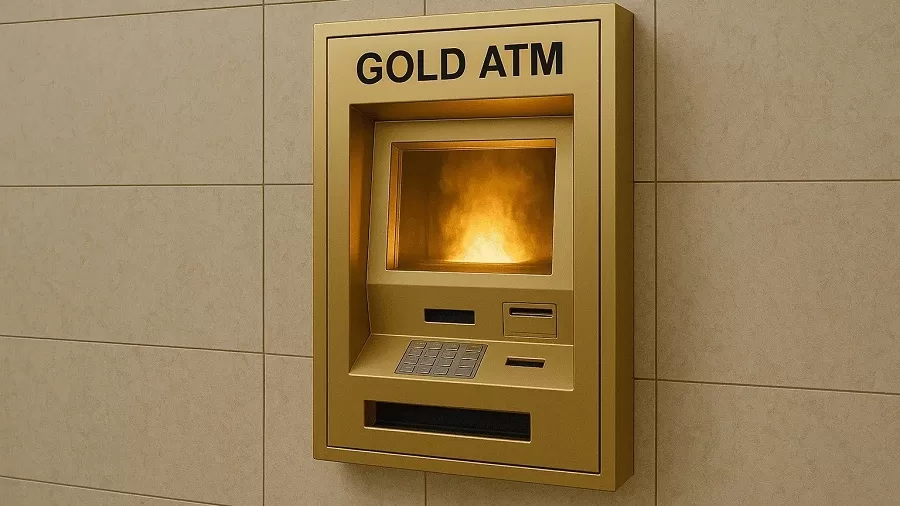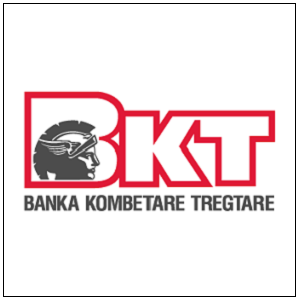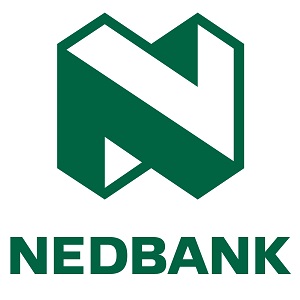Lifestyle
Gold ATMs Are Here: China’s Big Leap and What It Means for the World

- China’s gold ATMs let users melt their jewellery and get cash deposited directly into their bank accounts — all within 30 minutes.
- With gold prices surging past £2,667 an ounce, the world is paying attention to how tech and traditional wealth are colliding.
Gold and an ATM Machine: Not Your Usual Combination
It sounds like something from a futuristic heist film.
Walk up to a machine, deposit gold jewellery, wait a few minutes, and see money show up in your bank account.
But in Shanghai, it’s already a reality.
Developed by Kinghood Group, these new gold ATMs are popping up in high-end shopping centres and public spaces, offering users a fully automated way to turn gold into cash.
No paperwork. No human clerks. No long queues.
You just place your gold into the machine, provided it’s more than three grams and at least 50% pure, and the machine does the rest.
The Process: How It Actually Works
Begin by inserting your gold item into the ATM’s secure deposit tray.
Inside, the machine warms the gold to 1,200°C, melting it down for purity testing.
It uses X-ray fluorescence (XRF) technology to determine the exact composition and weight of the gold.
A valuation pops up on the screen.
If you accept it, the machine triggers a bank transfer, and within 30 minutes, your account receives the agreed cash amount.
It’s straightforward, fast, and entirely digital, with no need to visit a gold shop or negotiate over costs.
Why Now? Timing Is Everything
The timing of this innovation is no accident.
Gold prices have reached historic highs in 2025, crossing the £2,667 an ounce mark globally.
During periods of inflation, political uncertainty, and stock market volatility, investors frequently flock to gold as a “haven” asset.
However, regular people find it impossible to use actual gold in daily financial operations.
You can’t pay for groceries with a gold ring.
By creating an instant, automated system to monetise gold assets, China’s gold ATMs offer liquidity without the usual hurdles.
And they do it at a moment when liquidity matters more than ever.
A New Kind of Financial Access
One of the most striking features of these gold ATMs is accessibility.
You don’t need special credentials.
You don’t need an appointment with a gold dealer.
You don’t even need lengthy identity verification (at least for now in China).
You simply need gold.
For millions who hold family heirlooms, old jewellery, or small investment coins, this is an easy way to tap into hidden wealth.
In countries where cash access is tightening or banking remains traditional and slow, a model like this could open entirely new financial pathways, especially for people historically left out of formal financial systems.
Could This Go Global?
It’s easy to see the appeal spreading beyond China.
In India, for example, the world’s second-largest gold consumer, demand for easier gold monetisation has always been high.
Gold-backed loans are common, but accessing immediate cash from gold without intermediaries could transform local economies.
In parts of Africa, Southeast Asia, and Latin America, where gold remains a trusted store of value, portable gold ATMs could help bring informal wealth into more structured circulation.
Even here in the UK, with a growing interest in alternative assets, gold ATMs could find a niche among investors looking for simple liquidation routes — especially if privacy remains a selling point.
The Risks and the Open Questions
Of course, the concept isn’t without risks.
- Authentication Challenges:
Can machines always accurately detect counterfeit gold or impurities hidden within jewellery?
- Security Issues:
Will standalone gold ATMs become a target for theft, tampering, or cyberattacks?
- Regulatory Hurdles:
Different countries have strict laws around financial transactions, gold sales, and money laundering.
How gold ATMs adapt to comply — or if they can operate at all — outside China remains a big question.
- Price Volatility:
Live gold prices fluctuate throughout the day.
Will customers always trust the valuations offered by automated systems?
These are not small challenges.
But as the technology improves and as consumer habits shift toward speed and simplicity, it’s unlikely these hurdles will hold back the broader idea for long.
Blending Tradition with Technology
What makes China’s gold ATMs fascinating isn’t just the novelty.
It’s how they connect two very old ideas: historical trust in gold and modern inclination for quick, digital convenience.
It is unusual to see financial innovation that feels both ancient and futuristic at the same time.
But that is exactly what is going on here.
These machines represent a hybrid world in which tangible assets meet virtual financial flows – no bank tellers, no delays, no questions asked.
What You Should Watch For
In the coming months, it will be interesting to see:
- Whether other countries pilot similar machines.
- How regulators respond to the gold ATM trend.
- If established banks or fintech firms partner with gold ATM providers to scale up the model.
- How consumer trust evolves in purely automated valuation systems for precious assets.
Already, companies in Singapore, the UAE, and even some European fintech start-ups are reportedly exploring gold ATM concepts after seeing China’s rollout.
If even a fraction of that interest becomes reality, gold ATMs could be one of the most quietly transformative fintech stories of the decade.

















































